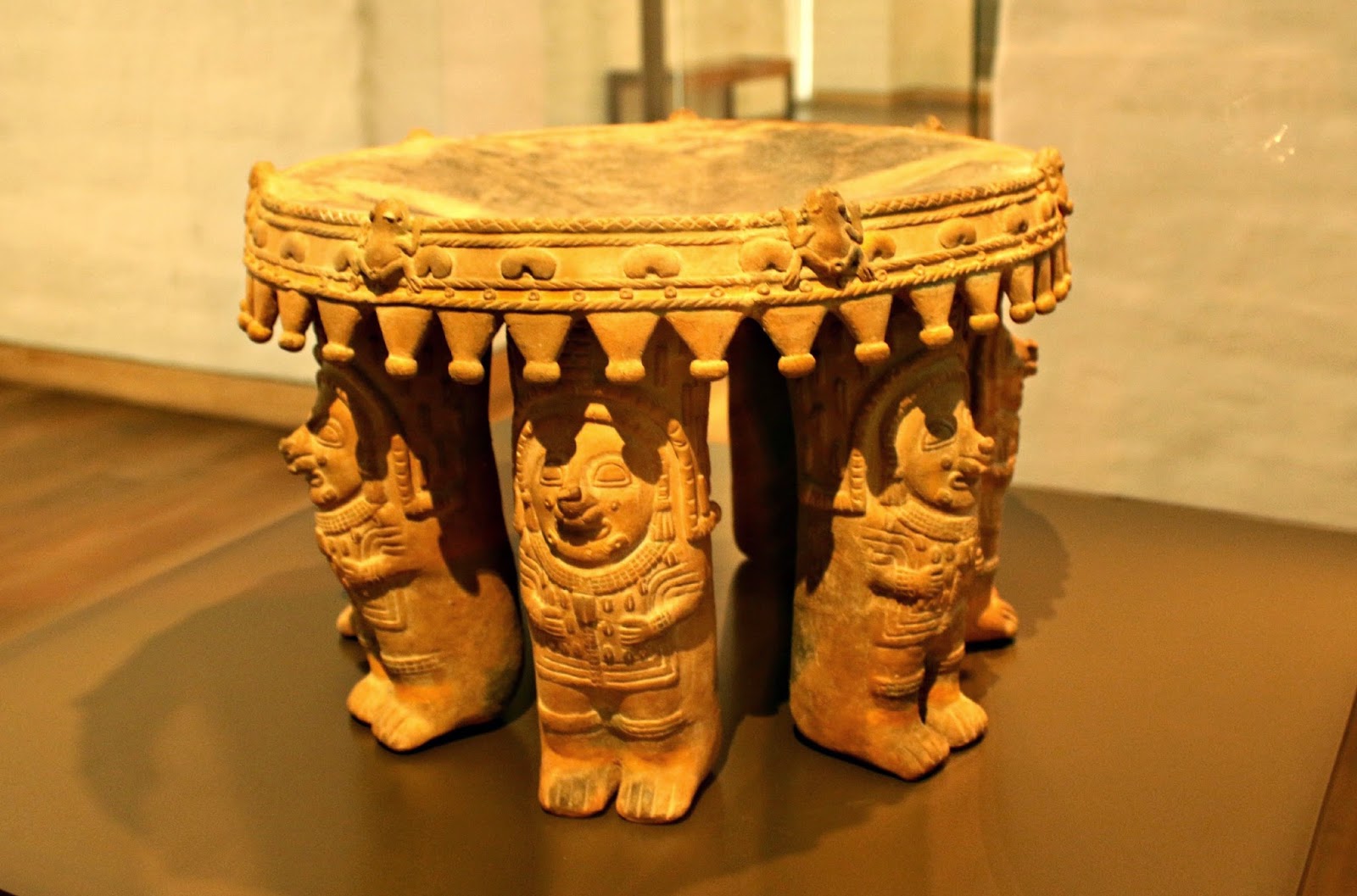Most people don’t know that the Panama hat is actually originated in Ecuador not Panama; as the name suggests.
The toquilla straw hat is a traditional brimmed straw hat of Ecuadorian origin. This plant, which is native from Ecuador belongs
to the family of cyclanthaceae (similar to the palm). The most important plantations are
found in Manabi and Guayas provinces, as well as some areas of the Amazon basin. The plant was named “Carludovica palmata”.
It was during the construction of the Panama Canal when Ecuadorian artisans sold their hats to the businessmen and constructors that were involved in the building of the canal. Photos of workers together with the photographs of Theodore Roosevelt brought the hat into the spotlight.
Hat making is completely manual, with all its forms simplified by custom
and skill of the craft workers. The first part to be woven is the
pattern. Few straw fibers are employed in its initial creation, to which
fibers are progressively added until a width is attained that varies
between five and 10 centimeters. To weave the hat body, a mold (a block
of wood) is used to gradually produce the shape to where the brim
begins, which is the final element of a hat of seven to 15 centimeters.
After that comes the “remate” (tying off), which consists of doing a
special interweaving to finish the weaving process.
The next stage in the creation of a hat is performed by women and is
known as the “azocada” (tightening), which consists of tightening the
tied-off fibers to keep the weave from coming undone, followed by
clipping the excess fibers. Then the hat is washed, “whitened” or dyed,
and dried in the sun. When it has lost its shape and looks like a bell,
with precision and strength the craftsman’s hands return it to its
original shape; this stage is the “compostura” (reshaping). The persons
who perform this activity are usually urban dwellers and work in the
warm atmosphere of their home.
The traditional art of hand-weaving toquilla hats has been passed down for generations and continues to receive world attention. UNESCO recently recognized the Ecuadorian art of weaving a genuine toquilla hat
as an Intangible Cultural Heritage.
Sources: Homero Ortega and Montecristi Panama Hats
Photographs: Homero Ortega and Reinhard Hasheider












